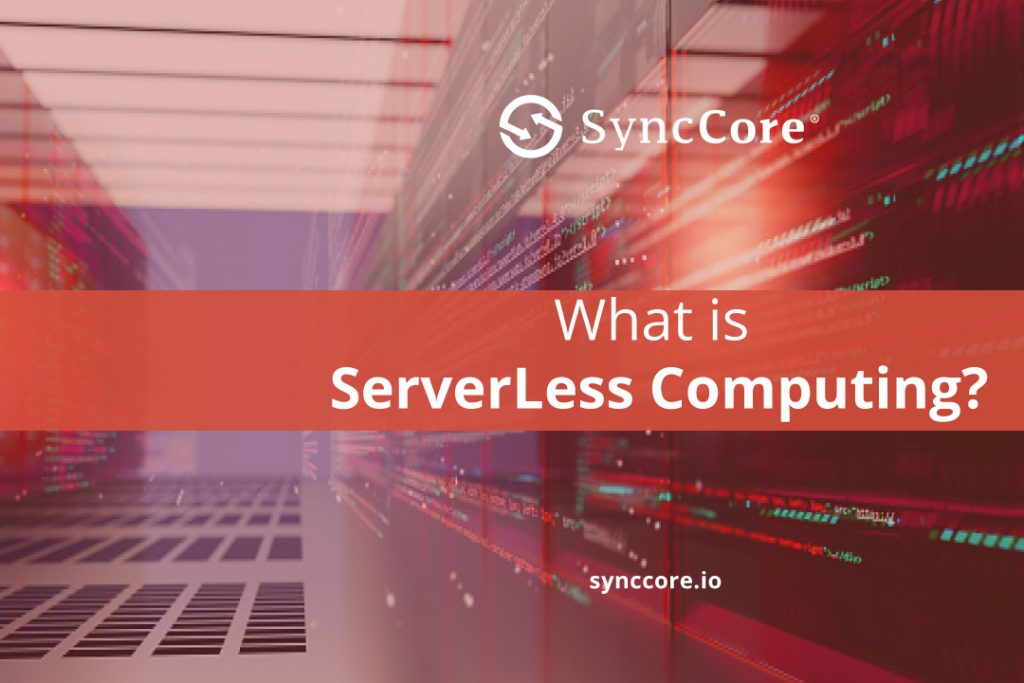
Serverless computing is an architecture where a cloud provider fully manages code execution instead of the traditional method of developing applications and deploying them on servers.
It means developers don’t have to worry about managing, provisioning, and maintaining servers when deploying code. Previously a developer would have to define how much storage and database capacity needed pre-deployment, slowing the whole process down. Also, Serverless computing is an extension of cloud computing. It also utilizes the idea of the cloud to offer services but with a slightly different strategy and use case. You do not even have to be compelled to worry concerning the infrastructure and hardware configurations; it’s all managed by the cloud supplier itself.
Table of Contents
How Does Serverless Computing Work?
This is a model used to assist developers in executing their code. Each developer is charged only for the computing resources and storage required to run a particular code.
As a result, suppliers of FaaS (Functions as a Service) area unit helpful to developers, as these services change them to execute specific functions. For functions to be written and directed, the following steps should be followed:
- Developers code functions that serve specific or multiple purposes within the code of an application.
- Developers create a function called when an event occurs by the provider. As an example, consider an HTTP request triggered by a user click.
- After that, a cloud service provider will execute the developer’s function while checking if another process is already running in the same context.
- The User application displays the results of the task accomplish.
What is the cloud provider’s part in serverless computing?
Under a serverless model, a cloud provider runs physical servers and dynamically allocates their resources to users who can deploy code straight into production. Serverless computing offerings generally represent 2 teams, Backend-as-a-Service (BaaS) and Function-as-a-Service (FaaS). BaaS offers developers access to a range of third-party services and apps. for example, a cloud supplier might provide authentication services, additional encoding, cloud-accessible databases, and hi-fi usage information. With BaaS, serverless functions now typically referred to as application programming interfaces (APIs).
More normally, once developers ask serverless, they’re referring to FaaS model. Under FaaS, developers still write custom server-side logic, but it’s run in containers fully managed by a cloud services provider.
Advantages of serverless computing?
Lower costs:
Serverless computing is generally very cost-effective, as traditional cloud providers of backend services (server allocation) often result in the user paying for unused space or idle CPU time.
Simplified scalability:
Developers using serverless architecture don’t have to worry about scaling up their code. The serverless providers handles all of the escalation on demand.
Simplified backend code:
With FaaS, developers will produce straightforward functions that severally perform one purpose, like creating API calls.
Quicker turnaround:
Serverless architecture can significantly cut time to market. Instead of needing a sophisticated preparation method to roll out bug fixes and new options, developers will add and modify code on a piecemeal basis.
To conclude, cloud computing is gaining popularity today. It contributes to the development of varied kinds of businesses. Even though some issues people may face using it, the advantages outweigh the drawbacks. Thus, more and more companies are interested in implementing such solutions and saving money. Serverless architecture is also on-demand nowadays. It lets organizations focus on their services and products. They don’t worry about the infrastructure and save money as they pay only for their use.
However, However, if you’re a freshman in sphere, the most effective plan is to enkindle skilled help. Experts can measure your case and justify that answer suits you higher. You must pick a reliable cloud provider like SyncCore to help with the best solution. visit SyncCore or mail us at [email protected]



